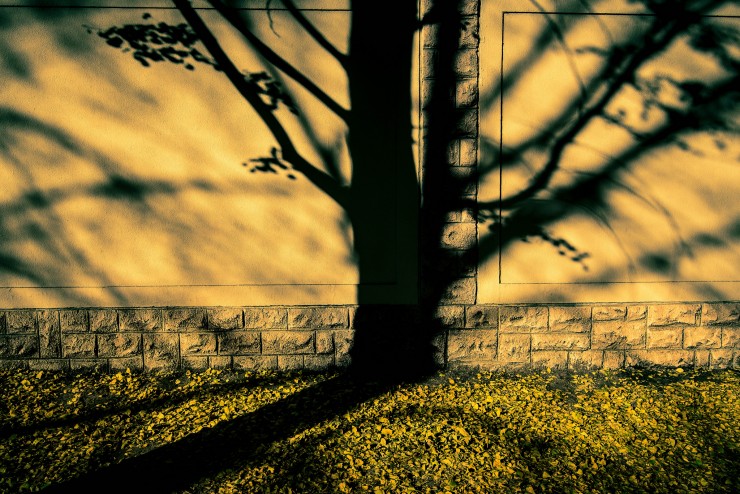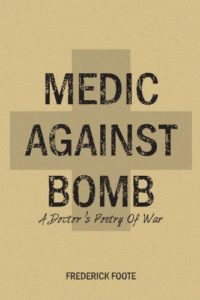Today we conclude our interview with poet and physician Fred Foote of Walter Reed National Military Medical Center. Foote discusses the Green Road Project for veterans and how the public can help their communities’ own veterans recover from their war experiences. (A retired Navy physician, Foote’s statements are his own and do not represent the view of the U.S. Government.)
What steps is Walter Reed taking to educate current or future medical professionals about the role of the arts in treating veterans?
The Uniformed Services University just started an elective to let their medical students engage in the Warrior Arts Program at Walter Reed. The students also have a lot of arts activities of their own, including poetry and singing groups. [Incorporating arts] is the wave of the future in healthcare.
What is the Green Road Project at Walter Reed, and how is it supported?
The Green Road Project, a $4 million, half-mile-long healing garden at Walter Reed, run by the Institute for Integrative Health, will open in Spring 2016. The project includes funding for innovative research to prove by direct measurement, not self-reporting, that exposure to nature heals the body.
A million-dollar grant from TFK Foundation is the core of our funding.
What, briefly, is the theory behind nature as a healing mechanism?
Art- and music-making and contact with nature are two very powerful modalities for healing, especially in cases of brain injury and post-traumatic stress disorder.
What are the Warrior Poetry Project [discussed in Part 2], the Green Road Project, and your other initiatives teaching you and others about veterans and how they manage and heal from traumatic war experiences and injuries?
Brain injury and PSTD can be healed via the arts and nature, and communities can do these projects themselves. In our state [Foote is a resident of Maryland], the Maryland Network of Arts and Gardens for Veterans will provide support and training to local groups.
You don’t have to be a doctor to help vets with PTSD.
How might communities of non-military poets or the public generally help our veterans heal?
I can come free of charge to explain to community groups how art and nature heals PTSD, and how they can use [either or both] to help their local veterans. [Fred Foote may be reached via the Medic Against Bomb Website.]
I watch at night and walk at dawn
forever in flight like the soul of a bird
the monitor shows a thin green line
I walk at night and watch the dawn
not knowing the end of the road I’m on
down which, possessed by a voice unheard
I watch at night and walk at dawn
forever in flight like the soul of a bird
—from Medic Against Bomb
Photo by 白士 李 . Creative Commons license via Flickr. Interview by Maureen E. Doallas, author of Neruda’s Memoirs: Poems. Poems by Fred Foote, used with permission.
Foote wishes to make clear that as a retired military veteran and not a federal employee, nothing he shares with readers should be considered to represent the views of the U.S. Government.
________________
For further reference:
- Part 1 of Healing with Poetry Interview
- Part 2 of Healing with Poetry Interview
- Frederick Foote Website
- Selection of Fred Foote’s Iraq Poems
- Medic Against Bomb Website
- Fred Foote on Facebook and Twitter
- Fred Foote National Endowment for the Arts Interview
- The Green Road at Nature Sacred
- Wounded Warrior Care Center at Walter Reed National Military Medical Center
______________________________

“How to Write a Poem is a classroom must-have.”
—Callie Feyen, English Teacher, Maryland
- Persecuted Poets: Hearing the Voices Beyond Our Borders - November 30, 2016
- Writing with Matisse in Mind - October 26, 2016
- Healing with Poetry: Interview with Fred Foote (Part 3) - September 10, 2015


Louise G says
so inspiring.